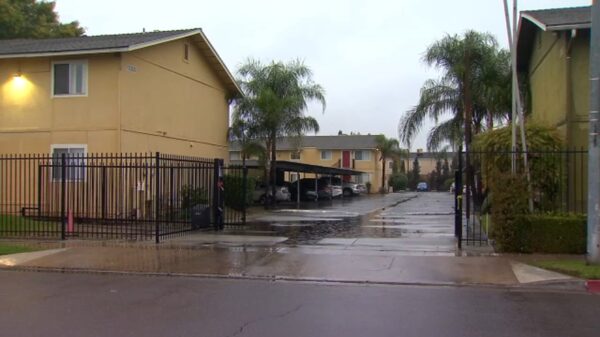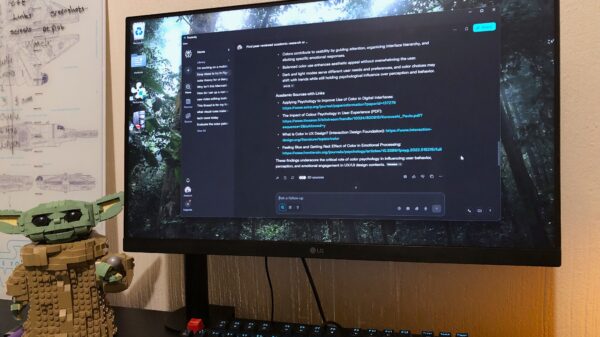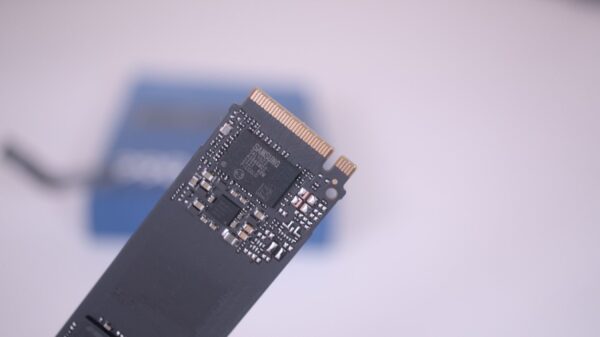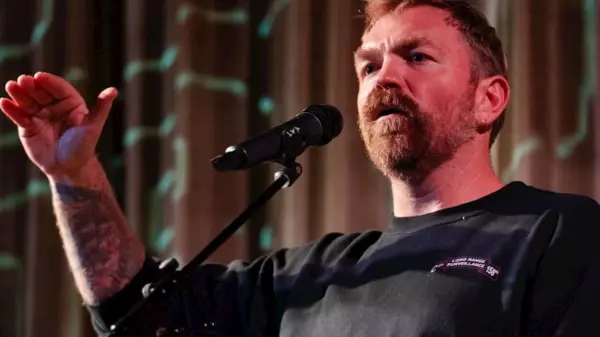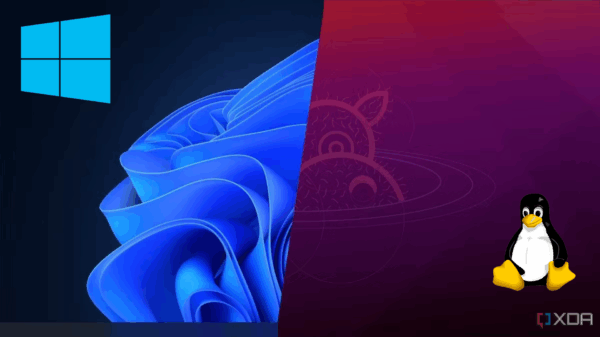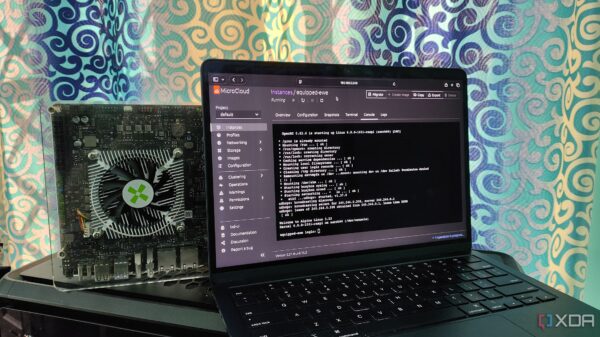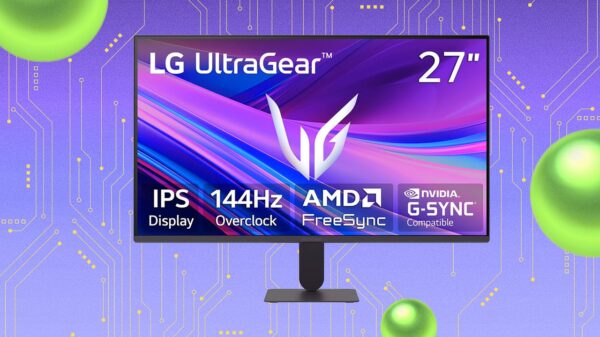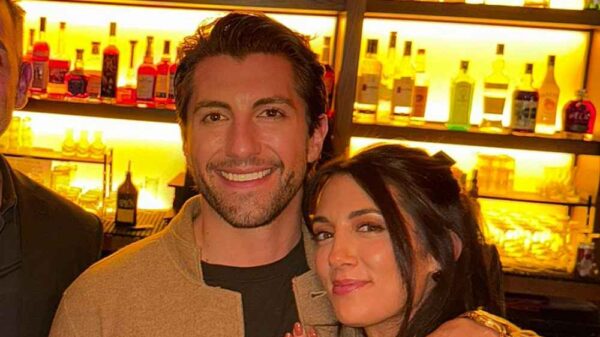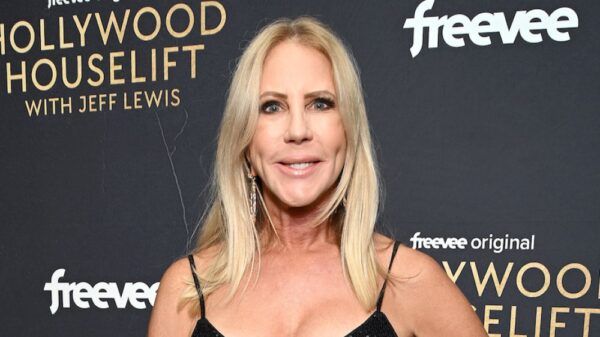The second season of Peacemaker on HBO Max presents a fresh perspective on the multiverse concept, which has faced scrutiny due to its overexposure in recent years. Following the critical acclaim of films like Everything Everywhere All at Once and the extensive use of the multiverse in the Marvel Cinematic Universe (MCU), audiences have grown weary of the trope. Yet, the new season introduces an alternate reality where the titular character, played by John Cena, finds a life seemingly devoid of the trauma that has defined his existence in the main DC Universe (DCU).
In the season premiere, Peacemaker discovers a version of his life where he is a celebrated hero. Here, his father, Auggie, also known as The White Dragon and portrayed by Robert Patrick, is alive and supportive, alongside his brother Keith, whom he tragically killed in his childhood. This alternate reality, referred to as DC2, offers a stark contrast to the Peacemaker’s struggles in the original DCU, where he consistently faces rejection and emotional burdens from his peers.
A New Perspective on the Multiverse
Writer and director James Gunn emphasizes that this season is not merely another multiverse narrative. In an interview with Rainn Wilson for Interview magazine, Gunn clarified that the storyline should not be classified strictly as a multiverse tale. Instead, he draws a parallel to Philip Roth’s novel The Counterlife, suggesting it explores a reflection of one’s world rather than a simple alternate universe. He elaborates that the season’s central device, the Quantum Unfolding Chamber, introduced in the first season, opens doors to various dimensions, not merely alternate realities.
Despite Gunn’s assertions, the show undeniably employs a multiverse framework, allowing for exploration of different versions of familiar characters. The initial five episodes provided to critics reveal that while DC2 resembles the DCU in many ways, its nuances present an opportunity for Peacemaker to confront his personal trauma in a new light.
Critically, this approach contrasts sharply with how the multiverse has been utilized in other franchises. For instance, in Doctor Strange in the Multiverse of Madness, the narrative quickly devolves into a barrage of cameos that detract from its emotional core. Although Spider-Man: No Way Home managed a more balanced representation, it too often felt like a nostalgia trip rather than a cohesive story.
Character-Driven Narratives
Gunn’s vision for Peacemaker emphasizes character development over spectacle. By focusing on the emotional journey of Peacemaker, the show invites audiences to engage with deeper themes of identity and self-acceptance. He stated, “Peacemaker season 2 really is the Christopher Smith season,” highlighting that the series is more about the character behind the superhero persona than the hero himself.
As viewers delve into Peacemaker’s alternate existence, they are encouraged to reflect on how different circumstances could alter one’s path. The season raises important questions about personal growth and the impact of our choices on our identities. By centering the narrative around character exploration, Peacemaker aims to contribute meaningfully to the ongoing conversation about the multiverse.
The second season of Peacemaker is set to attract attention not only for its entertaining storylines but also for its thoughtful examination of what it means to be human in a world filled with infinite possibilities. This nuanced perspective may be just what audiences need to reinvigorate their interest in the multiverse concept.
As the season unfolds, viewers can look forward to an engaging exploration of identity and trauma, delivered through the lens of a beloved character. For updates on the Peacemaker season 2 release schedule and more insights into the evolving DC Universe, stay tuned.

